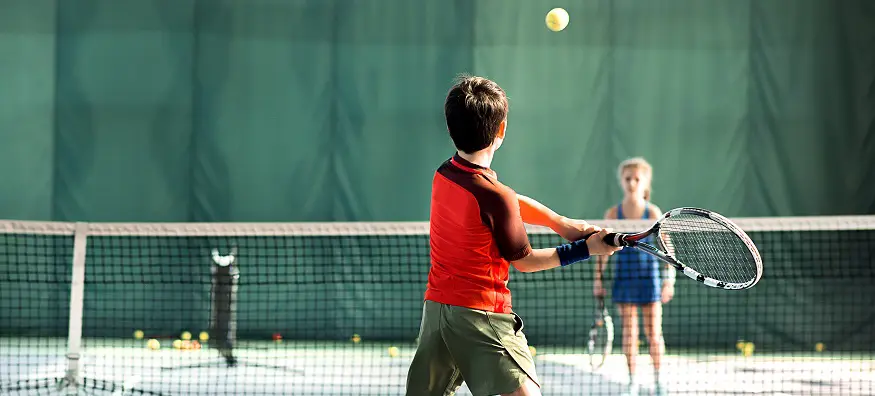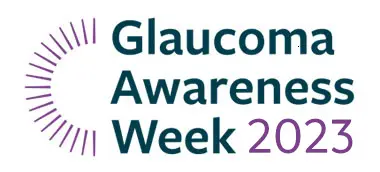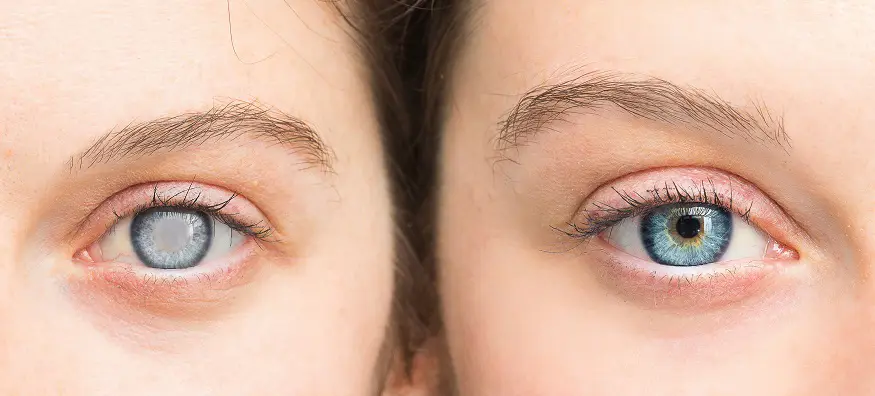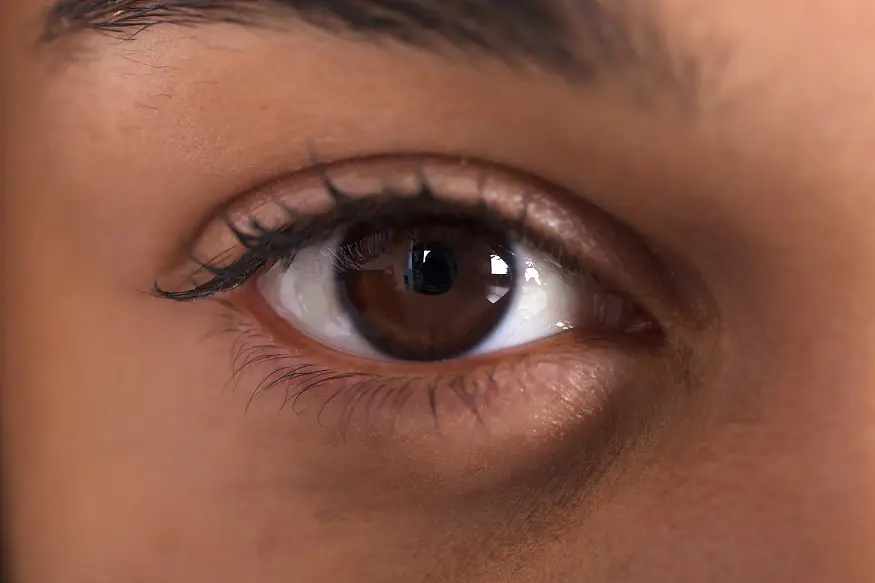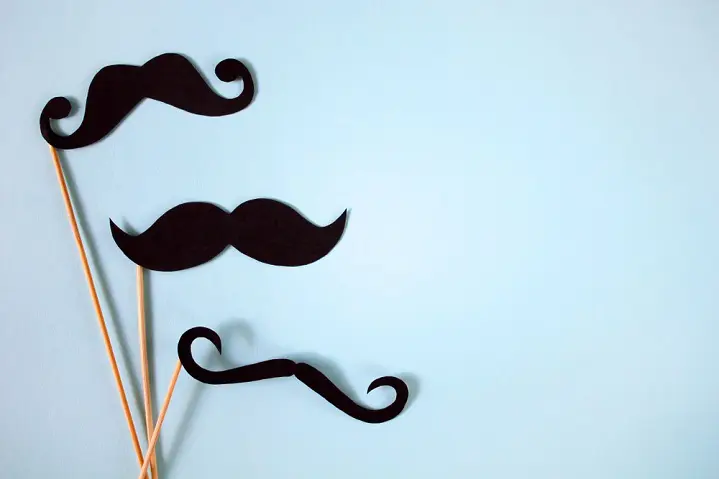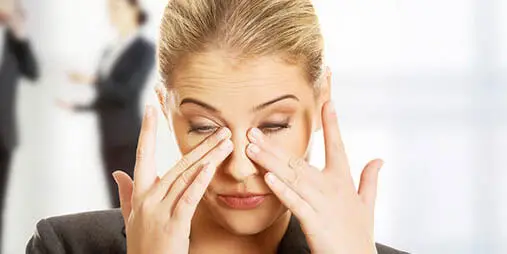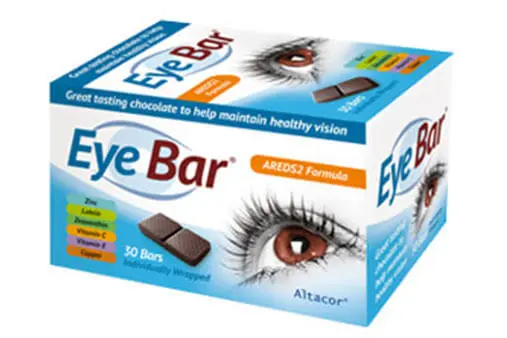The full spectrum of visible light features the colours of the rainbow. However, we don't usually see these colours as the rays focus on a single point. Rainbows and halos around lights happen when light bends as it enters your eye, this is called diffraction.
We may also see rainbow-coloured halos while our eyes adjust after a bright light shines directly in them.
Is Rainbow vision normal?
When you see rainbows around lights, this is often a normal reaction to sudden bright light or glare. However, in these instances, they usually go away on their own after a few hours or a couple of days.
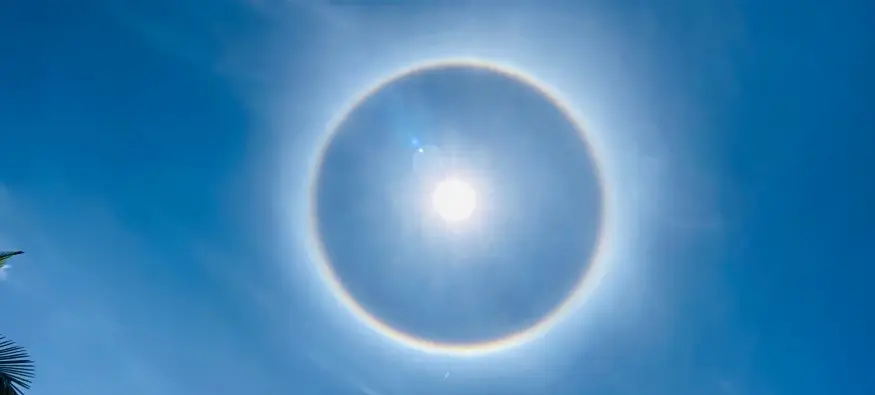
However, it can also indicate a more serious problem and can be a cause for concern, especially when seen at night. Seeing rainbows around lights at night could mean a swollen cornea which is often linked to corneal edema.
What causes rainbow halos around lights?
Rainbow halos around lights are often common symptoms of common eye conditions such as:
- Nearsightedness (myopia) - difficulty seeing objects in the distance clearly.
- Farsightedness (hyperopia) - difficulty seeing objects close up.
- Presbyopia - difficulty seeing close up due to a natural ageing process.
- Astigmatism - blurred vision due to an irregular cornea shape.
- Ocular migraines – this happens when the nerve cells in the part of your brain responsible for vision start firing erratically. This can cause temporary rainbow vision.
- Dry eye - when the surface of the eye is extremely dry, this can cause it to become irregular, leading to scattering of light entering the eye, therefore causing glare.
More serious causes of seeing rainbow halos around lights include:
- Cataracts that affect the back of the lens (posterior subcapsular cataracts) - can cause glare or halos around lights, especially at night. They can also cause you difficulty reading in dim light and can disrupt your vision in brightly lit environments.
- Diabetes - high blood sugar levels can damage the vessels in your eyes; this is called diabetic retinopathy and can cause difficulty seeing at night and rainbow vision.
- Retinitis pigmentosa is a rare genetic disorder resulting in the loss and breakdown of cells in the retina. It can cause tunnel vision as well as difficulty seeing at night.
- Eye procedures - various laser procedures such as LASIK can cause rainbow vision and poor night vision.
- Acute angle glaucoma - seeing halos with rainbow rings is often an early sign of acute angle glaucoma (narrow-angle glaucoma) when the iris is too close to the eye's drainage angle, which causes pressure to rise. This type of glaucoma is a medical emergency and requires urgent treatment.
- Keratoconus – a progressive eye condition that causes the naturally dome-shaped cornea to thin out over time, creating a cone-shaped bulge in the eye. Many symptoms of Keratoconus are light-related, and this includes seeing halos around light.
- Fuch’s dystrophy is a disease that causes fluid to build up in the cornea, causing it to swell and thicken. This can affect your vision and cause you to see halos around lights.
What can I do to reduce glare and seeing halos?
You can reduce your risk of glare and seeing halos by wearing sunglasses with polarised lenses during the day. Following a healthy diet rich in vitamin A and zinc can also reduce glare and halos.
If halos appear out of the blue and you experience sudden blurred vision, pain or rainbow vision, this can be a sign of something serious, and you should seek medical advice right away.
How do you get rid of halos around lights?
In order to get rid of halos around lights, it is best to address the root of the cause first.
A comprehensive eye examination will help you to determine what the cause is. Common eye problems such as myopia and hyperopia can be corrected with glasses or contact lenses.
If cataracts are the cause of your rainbow vision and are affecting your lifestyle, you may want to speak to your GP, who might refer you for cataract surgery. If the cataracts aren’t too severe, glasses and sunglasses can be a great solution to lessen glare; however, we would recommend speaking to your optician for advice.
Conclusion
Seeing rainbow halos around lights could be an indicator of a severe condition such as cataracts or glaucoma. Rainbow vision can also be a side effect of surgery and laser treatments or a symptom of common eye conditions.
Regular eye exams will keep your eye health in check and prevent more serious vision problems causing halos and rainbow vision. It's a good idea to have a comprehensive eye exam every two years or when your eye care professional recommends them (this can be more frequent due to a heritage).
If you notice sudden changes in your vision, such as rainbow-coloured halos, pain or blurred vision, you should see your optician immediately.


























